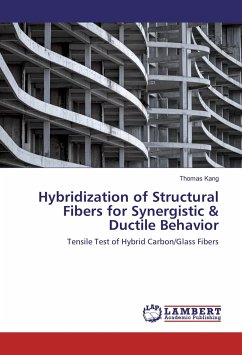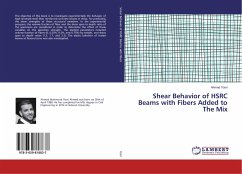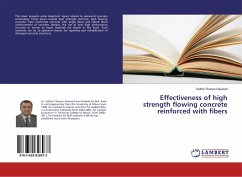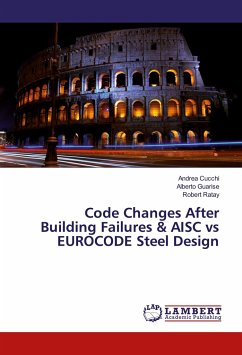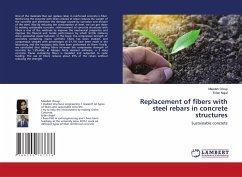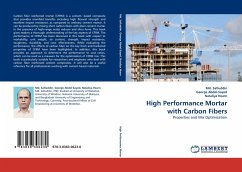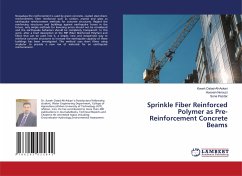The use of carbon fibers (CF) and glass fibers (GF) were hybridized to strengthen potentially non-ductile flexural members and to produce synergistic hybrid effects. Data of tensile tests of 94 hybrid carbon-glass FRP sheets and 47 carbon and glass fiber rovings or sheets were thoroughly evaluated. Based on comparisons between the rule of mixtures for fibrous composites and test data, synergistic positive hybrid effects were clearly identified for almost all (CF/GF) ratios. In contrast to the rule of mixtures, the hybrid sheets with relatively high (CF/GF) ratios also produced pseudo-ductility. From the calibrated results obtained from experiments, a novel analytical model for the stress-strain relationship of hybrid FRP sheets was proposed.
Bitte wählen Sie Ihr Anliegen aus.
Rechnungen
Retourenschein anfordern
Bestellstatus
Storno

